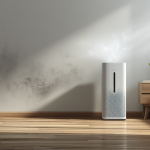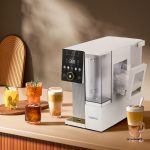Air purifiers have gotten a lot smarter thanks to tech-savvy manufacturers. It’s a big step up in the game that’s all about making air cleaning easier and more effective for users. These new devices come with advanced filters and lots of smart features. Users can pair them with their smart homes, monitor air quality, and even control them with their voices.
In this article, we look in detail at these smart air purifiers, their main features, and the industry trends they’re shaping. Plus, we try to glimpse a bit of what the future might hold for these devices. The focus here is on the pioneering companies that are leading these changes and how it’s all making a difference. These innovative steps have wide-ranging impacts, not only making lives easier for users but also improving our environment.
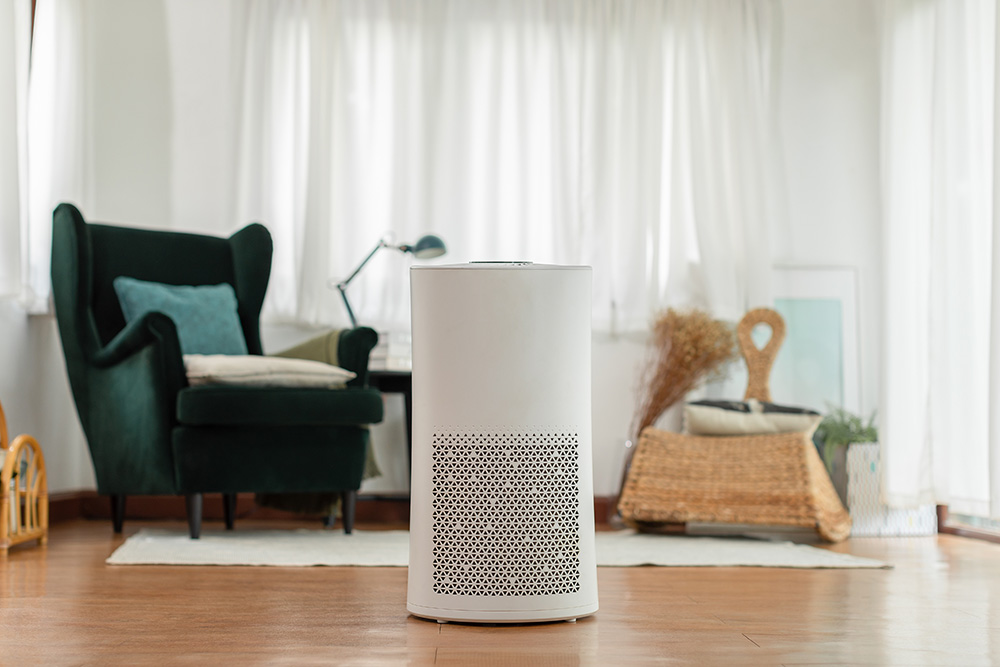
Using Smart Technology in Air Purifiers
Smart air purifiers are a big step up from older styles. They blend new tech with health in daily life. Wi-Fi, IoT, and high-grade sensors set them apart. Such a mix provides top-rate efficiency and improved convenience.
The IoT feature lets them fit into a smart home setup. It makes managing them from afar a reality. It also helps them work well with other devices. and Machine Learning (ML) help them serve you better. They learn from your habits to create a tailor-made plan.
Sensors play a big part too. They watch over air quality and change settings as needed. This keeps your home air at its best at all times. Also, these purifiers keep you in the loop. They alert you when it’s time for upkeep. They also send updates on air quality through an easy-to-use app.
Being workable with digital helpers makes them more user-friendly. Voice commands are no longer the stuff of sci-fi. Big brands like Dyson and Xiaomi are leading the charge. They’re changing air purification and making it smarter and more interactive.
Advanced Filters in Smart Air Purifiers
Smart air purifiers are a big step forward in getting clean indoor air. They mix the usual filtering methods with modern tech. These devices hold smart air quality sensors, letting them spot the amount of pollutants and what they are. This feature lets the purifier adjust to deliver the best air cleanliness.
These purifiers use filters known as HEPA filters. They can catch almost 100% of tiny particles. They are great at dealing with allergens like pollen. Another bonus is their activated carbon filters. These are great for trapping bad gases, smells, and harmful chemicals. So, this makes the air we breathe safer and fresher.
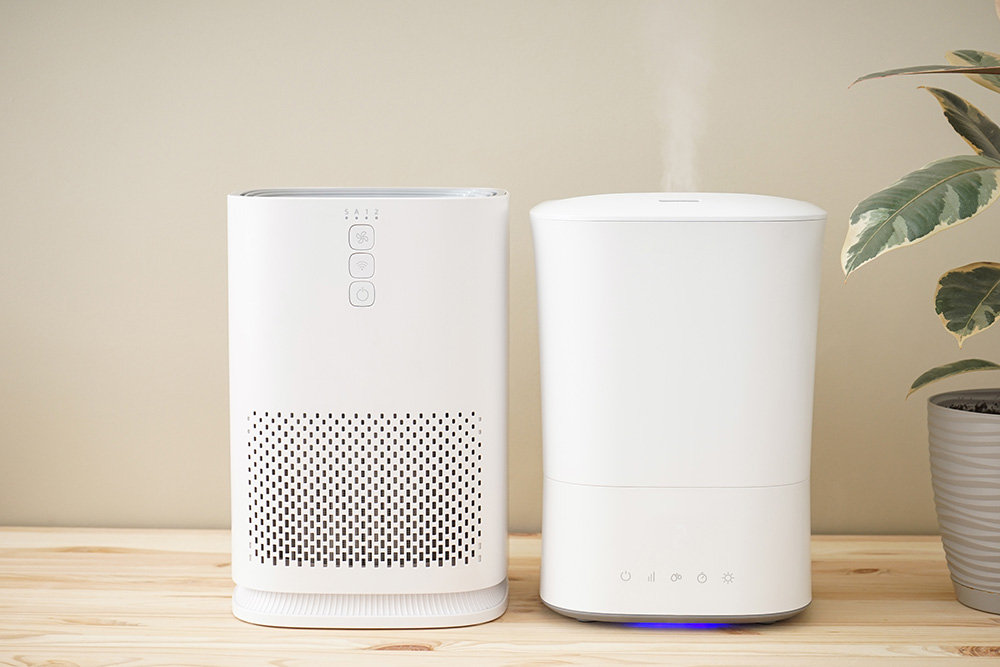
HEPA Filters in Smart Air Purifiers
It’s crucial to highlight that while HEPA filters in smart air purifiers are adept at capturing nearly 100% of particulate matter down to 0.3 microns in diameter, their effectiveness against airborne viruses is more nuanced. Viruses, by nature, can be smaller than this size, potentially allowing them to bypass HEPA filtration to some degree. However, when combined with technologies like Ultraviolet Light and Photocatalytic Oxidation, the purifier’s overall capability to neutralize a broader spectrum of pollutants, including viruses and bacteria, is significantly enhanced. Therefore, while HEPA filters are a critical component, the synergistic effect of all integrated technologies ensures optimal indoor air quality.
But there’s more. These smart devices also use Ultraviolet Light and something called Photocatalytic Oxidation. They join forces to deal with harmful bugs. UV light damages the DNA of dangerous germs, while Photocatalytic Oxidation uses UV light to kickstart a reaction that can break down harmful stuff into safe substances.
Ionizer technology makes these all the more powerhouse. By adding negative ions to particles, they are made heavy and easier to remove. On top of this, it has clever connective tech which makes it a breeze to use. With Wi-Fi in place, users can check air quality and change their purifier settings using an app.
Moreover, these smart purifiers learn and improve. They use machine learning to adapt to changes in air quality over time. Each use is thus more efficient than the last. This smart learning feature helps keep indoor air clean and contributes to a healthier space. That’s why these smart air purifiers with their advanced filters are a must-have for modern homes.
Breathe Easier
Are you looking forward to improving the indoor air quality of your home or office? Check out our CADR320 Air Purifier. This cutting-edge device not only filters nearly 100% of tiny particles using HEPA filters but also neutralizes a broader spectrum of pollutants including viruses, bacteria, bad gases, smells, and harmful chemicals, thanks to its UV Light and Photocatalytic Oxidation technologies. Plus, it is packed with smart home features for customizable settings, providing you a safer and fresher breathing space.
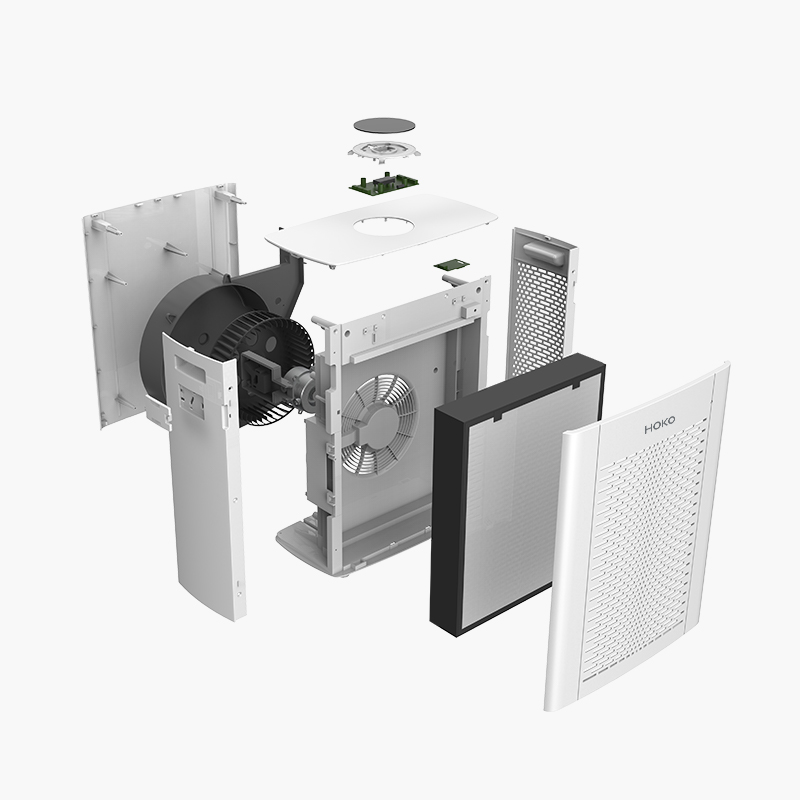
Smart Home Ecosystems and Air Purifiers
In the smart home world, air purifiers have become a natural fit. They make our lives easier and our air cleaner. For example, Amazon’s Alexa works well with air purifiers like Levoit’s. Users can tell Alexa to turn on the air purifier and she does it.
Google Home offers the same feature for Coway’s Airmega series. You can control this air purifier using the Google Assistant app, or with your voice. Apple’s HomeKit supports devices such as the VOCOlinc’s PureFlow as well. You can use Siri or an iPhone to manage these devices.
Other dedicated apps like Dyson Link and Samsung’s SmartThings have also been created by manufacturers. They want to reinforce this trend and give users more control.
But why does this matter? It’s more than just making things easier for us. It’s about enhancing what our devices can do. For example, when a smart air purifier is connected to a smart thermostat, they can work together to better clean our air. They do this by using info about temperature and humidity levels in our homes.
As technology advances, air purifiers will become even more skilled. They will be smarter and more flexible, forming a better future for smart home ecosystems.
Air Quality with Smart Purifiers
Monitoring air quality is the main job of smart air purifiers. They use high-tech tools such as laser counters and gas sensors to check and measure the dirty particles in the air. These tools work in real time to check on articles, gases like CO and NO2, and VOCs.
As smart tech gets better, these purifiers send air quality data straight to your smartphone. This lets you make smart choices about the air in your home. Take the Dyson app for instance. It sends air quality updates right away. This helps you stay one step ahead in keeping your air clean.
Smart air purifiers are also great at giving alerts when the air quality changes a lot. These can be visual alerts, sounds, or even app notifications. They help users know when to take action. Some purifiers, like the Xiaomi’s Mi Air Purifier, even change how they work on their own. This saves energy while still making sure the air is clean.
Plus, you can link these air purifiers with your smart home system. That way, you can control everything smoothly and have a smarter home. Some even work together with weather apps. They let you know about indoor and outdoor air quality. This way you can make healthier choices.
Overall, these are exciting developments. Smart air purifiers make a big difference in our health. They make it easy for people to take in clean air at home.
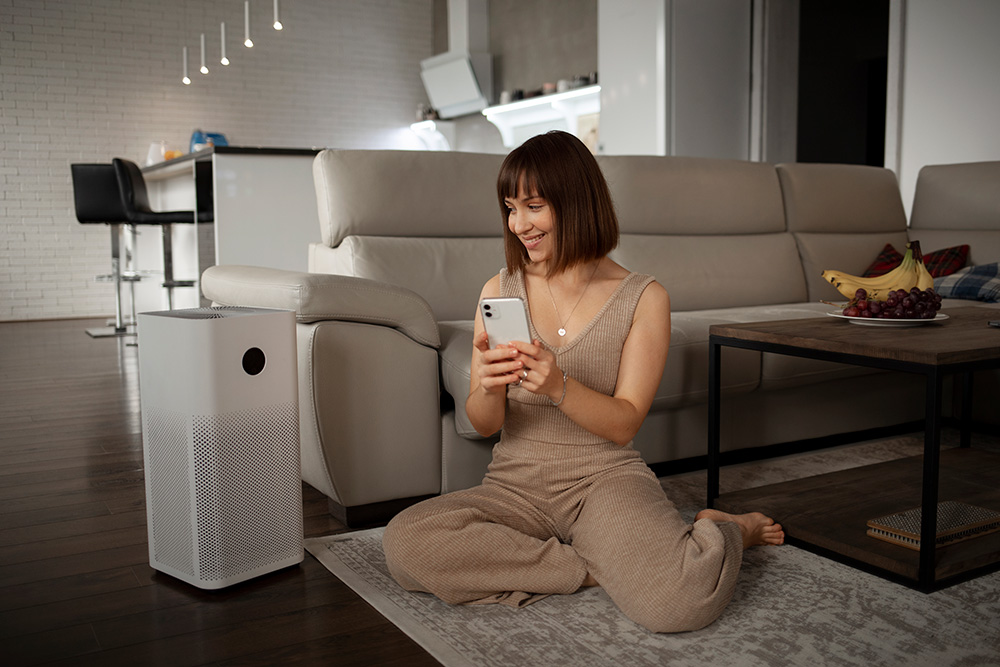
Voice-Controlled Smart Air Purifiers
Do you know that top smart air purifier makers now support voice control? This development has made using purifiers even easier. They’ve teamed up with Google Home, Amazon Alexa, and Siri from Apple. Now, you can control your air purifiers with simple voice commands.
These clever gadgets work with WiFi. They use advanced AI to understand your commands and carry them out. Not just that, they can do this in many languages too! Plus, the AI in these purifiers can also figure out air quality trends. With this info, they can change settings to give the best results. This is innovation and usefulness wrapped into one package.
But that’s not all. These purifiers can also connect to the Internet of Things (IoT). This means more comfort for users and a healthier living space.
There are a few problems to iron out, like understanding different accents and protecting user privacy. But we’re hopeful for the future. We expect even better, more personal experiences. This kind of integration does two important things. It makes operating your purifier simpler. It also introduces a more hands-on and integrated way to clean your air.
Trends and the Future
Around the world, people are dealing with more pollution. People are caring more about their health and wellbeing. This is driving the market for smart air purifiers. They have become more popular as people realize the harm air pollution can do. Also, the use of Internet of Things (IoT) technology helps these purifiers fit into our smart homes.
We are witnessing cutting-edge developments like the use of artificial intelligence in air purifiers. These smart devices learn about users’ habits, and adjust air quality for them. This gives a living environment that always caters to people’s needs. The rise of 5G technology is helping too. It gives real-time air quality checks and data that lets the purifier make the right adjustments to keep the air clean.
Innovations are also focusing on sustainability. Designers are coming up with eco-friendly models. Air purifiers are becoming energy-efficient and using green filters. The industry is making a concerted effort to reduce environmental impact. Moreover, advancements in filters, like HEPA and ULPA, are succeeding in catching even the smallest dust particles.
Portable air purifiers are another break through. They cater to our busy daily routine, ensuring we always have access to clean air. Voice control features are also improving how we use these devices. And with predictive maintenance, the device can warn you of any issues before they affect the air quality.
These trends don’t only show how the air purifier market is ramping up. They also depict a future where technology and good health work together and promise a cleaner, healthier, and more connected world.
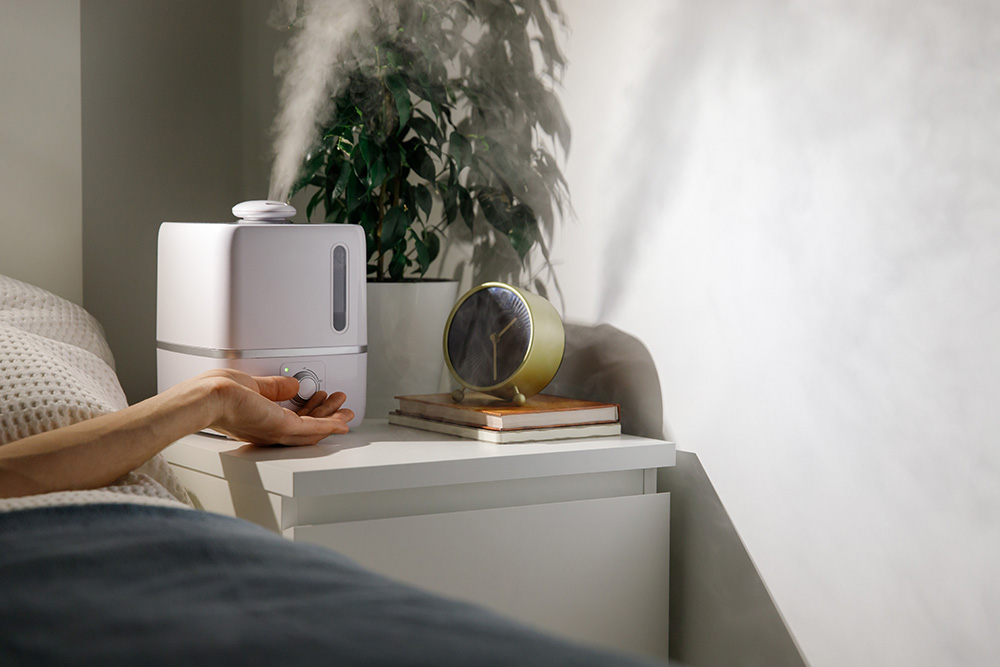
IoT Integration and Transformative Technologies
In discussing the future and trends of the air purifier industry, it’s essential to underscore the transformative role of and IoT technologies. The seamless integration of these technologies not only optimizes the functionality of air purifiers but also elevates user experience by tailoring air quality parameters dynamically according to individual preferences and habitual patterns. This customization goes beyond traditional filtering, offering a proactive approach to health and comfort in living environments. This evolutionary step in air purification technology is pivotal, marking a significant leap towards creating smarter, more responsive, and intuitively adaptive living spaces.
In the end, the increased use of smart air purifiers is a big leap towards cleaner indoor air. Top manufacturers have been successful in using advanced technology to not just clean the air, but also fit into our digital daily lives. They offer features like advanced filtration and easy integration for an interactive and efficient experience. As this technology keeps improving, it promises to transform our ideas of managing air quality and health. The future of air purifiers is full of potential thanks to ongoing innovations and people becoming more aware of how vital clean indoor air is.
